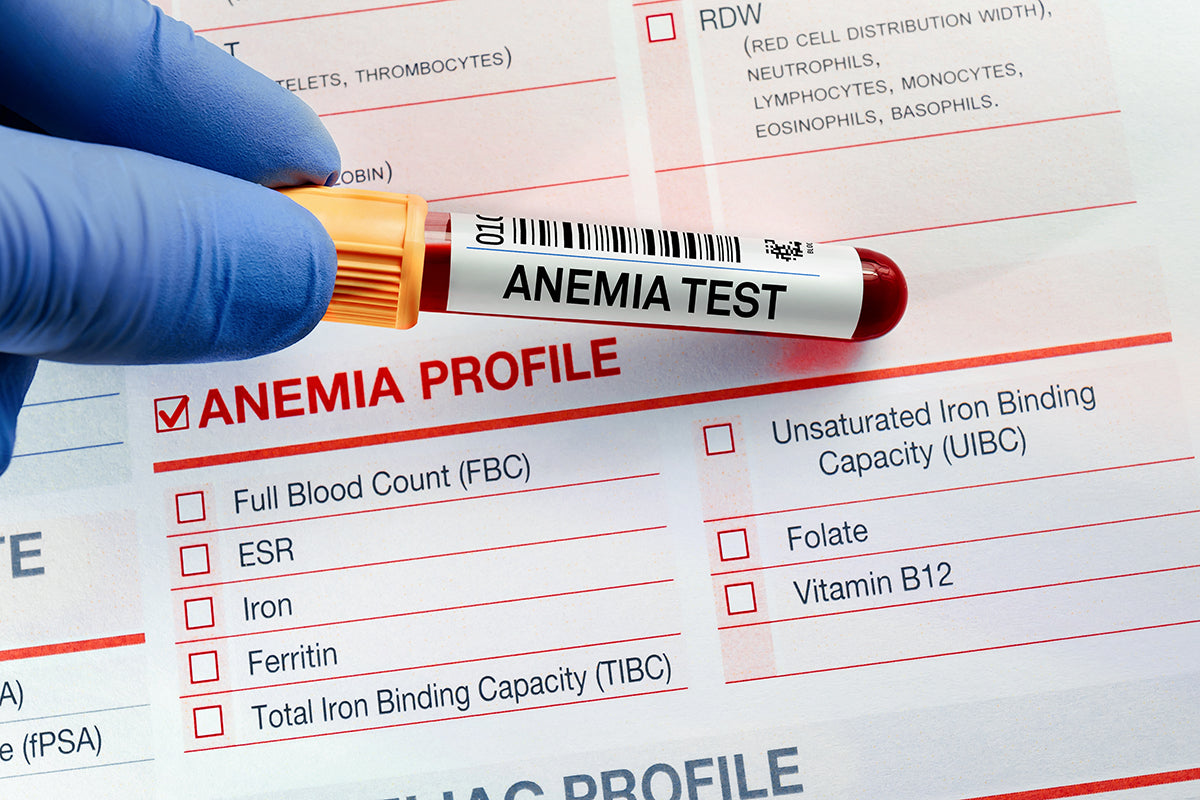
Anemia of chronic disease: iron use affected by inflammation
|
|
Time to read 2 min
|
|
Time to read 2 min
Anemia of chronic disease is a type of anemia that arises as a consequence of having a chronic condition involving inflammation.
Anemia is defined as a condition where there is a decreased number of healthy or normal red blood cells, a reduced concentration of hemoglobin in the blood, or a hematocrit value (normal ranges vary between 41% and 53% in men, and between 36% and 46% in women) that is lower than normal.
Red blood cells are the most abundant cells in the blood, and their primary function is to capture oxygen and transport it to various tissues throughout the body. This function is made possible by hemoglobin, their main protein, which binds oxygen to iron atoms, enabling its transport through the bloodstream. As a result, anemia leads to difficulty in distributing oxygen to all cells of the body, as the reduction in red blood cells causes this disruption.
Chronic conditions involving inflammation can stimulate the liver to secrete certain hormones that sequester iron. One example is hepcidin, which inhibits both intestinal iron absorption and the uptake of iron by macrophages.
The most common symptoms of anemia of chronic disease are:
Anemia of chronic disease is typically mild but can become severe. It is usually normocytic but may also be microcytic.
The main conditions that, when chronic, can lead to anemia of chronic disease include:
Anemia can be the first symptom of a serious condition, so identifying the underlying cause is crucial.
Tests used to diagnose anemia of chronic disease or rule out other causes include:
Anemia of chronic disease is often mild and may not require treatment. It can improve as the underlying condition causing it is treated.
More severe anemia of chronic disease, such as that caused by cancer or HIV/AIDS, may require:
Anemia of chronic disease can be prevented by avoiding risk factors for conditions that can trigger it. Preventative measures include reducing risk factors for certain cancers and maintaining a healthy lifestyle, exercising regularly, and following a balanced, varied diet.
Anemia of chronic disease is a type of anemia that occurs as a result of suffering from a chronic disease, which involves inflammation.
The chronicification of certain diseases that involve inflammation causes the liver to secrete certain hormones that sequester iron.
Anemia of chronic disease is usually mild, but can be severe.
Chronic infections, autoimmune diseases and certain types of cancer can promote anemia of chronic disease.